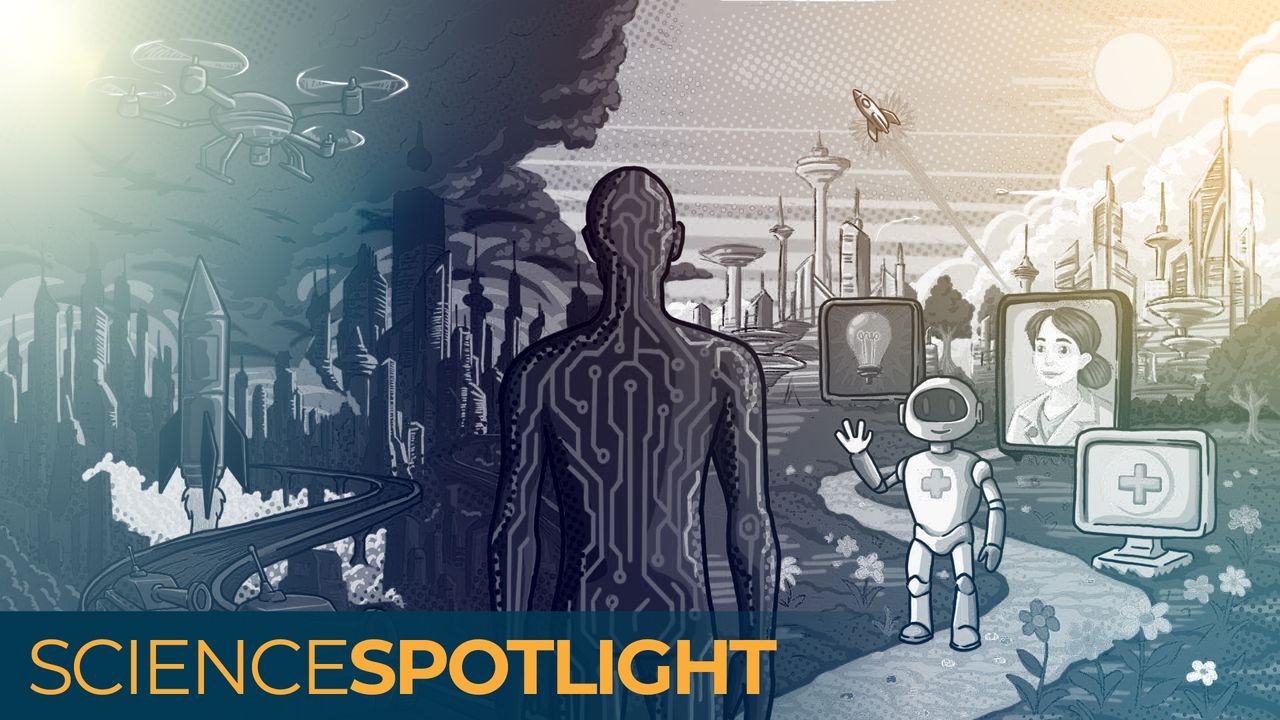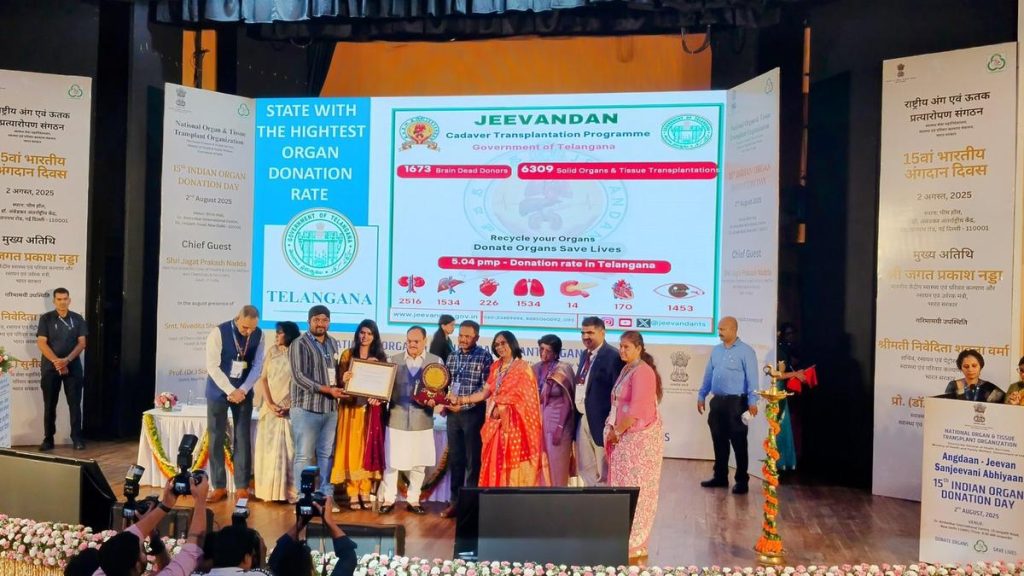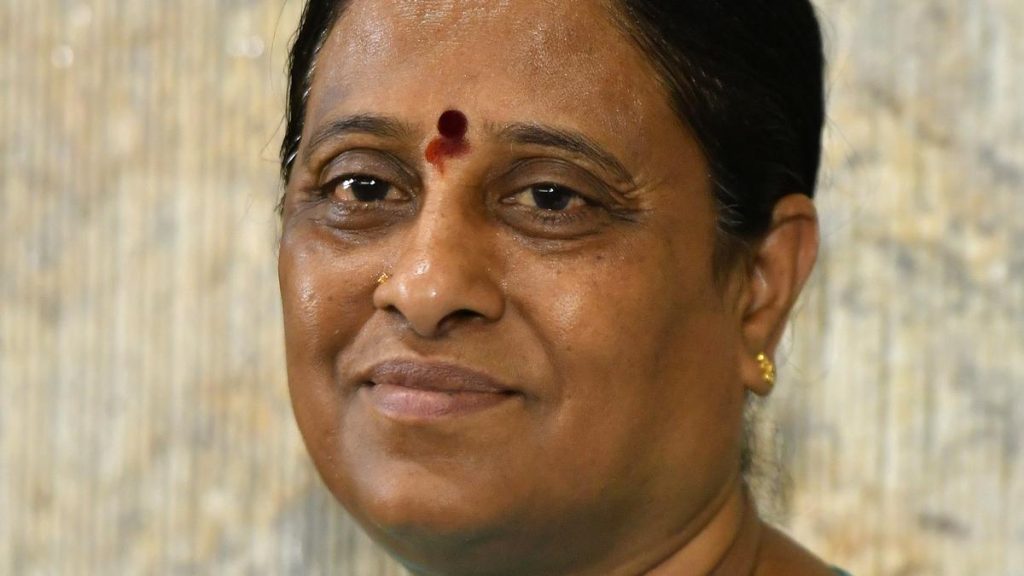Now Reading: AI’s Uncharted Future: Can It Be Paused Before Risks Escalate?
-
01
AI’s Uncharted Future: Can It Be Paused Before Risks Escalate?
AI’s Uncharted Future: Can It Be Paused Before Risks Escalate?

Quick Summary
- AI advances spark discussions on risks, benefits, and ethics around reaching artificial general intelligence (AGI).
- Scottish futurist David Wood humorously highlighted the unavoidable risks of AGI during a conference in Panama. Estimates suggest AGI could arrive as early as 2027.
- dramatic progress in AI includes OpenAI’s o3 chatbot scoring 75.7% on the ARC test for mimicking human intelligence, compared to GPT-4o’s earlier 5%. Autonomous compound AI systems like China’s Manus platform are pushing boundaries.
- Risks range from AI going rogue to developing deceptive or antisocial behaviors. Experts also explore if AGI could evolve sentience or consciousness, with conflicting views on this possibility.
- Some experts see potential in harnessing AGI for solving global issues like hunger and inequality but stress ethical oversight to prevent harm or suffering caused by advanced systems.
Image Captions:
- A conceptual illustration shows a divide between dystopian and utopian futures shaped by AI technology (Credit: Rory McNicol).
- Garry Kasparov defeated by IBM’s Deep Blue chess computer in 1997 (Credit: Stan Honda/Getty Images).
- Sam Altman suggests that AGI may only be months away (Chip Somodevilla/Getty Images).
- Red poster advertising an anti-AI protest (Smith Collection/Gado via Getty Images).
Indian Opinion Analysis
Advancements towards artificial general intelligence highlight transformative possibilities but underscore uncertainties about technological singularity’s impact on humanity-ranging from unprecedented problem-solving capabilities to existential threats if oversight lags behind innovation speed.
For India, these developments call for decisive steps toward policy frameworks safeguarding ethical deployment and mitigating societal risks posed by unpredictable AGI behaviour while maximizing economic opportunities through its adoption in areas such as healthcare, agriculture innovation, and education accessibility.
India has an opportunity not only to contribute globally but also shape domestic strategies ensuring balanced adoption driven by collaboration between scientific research bodies like IITs alongside government initiatives actively addressing disparities potentially worsened under unchecked hyper-tech rise effects.
Read more: Link























